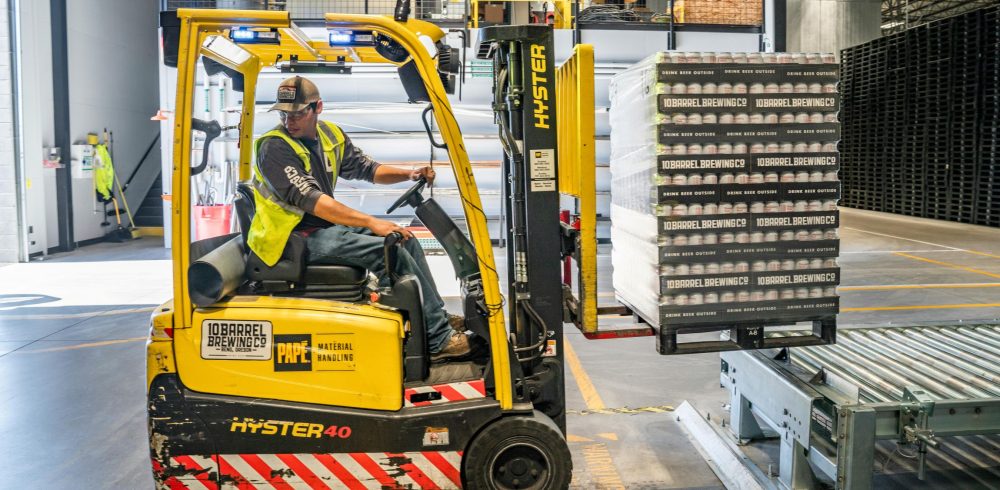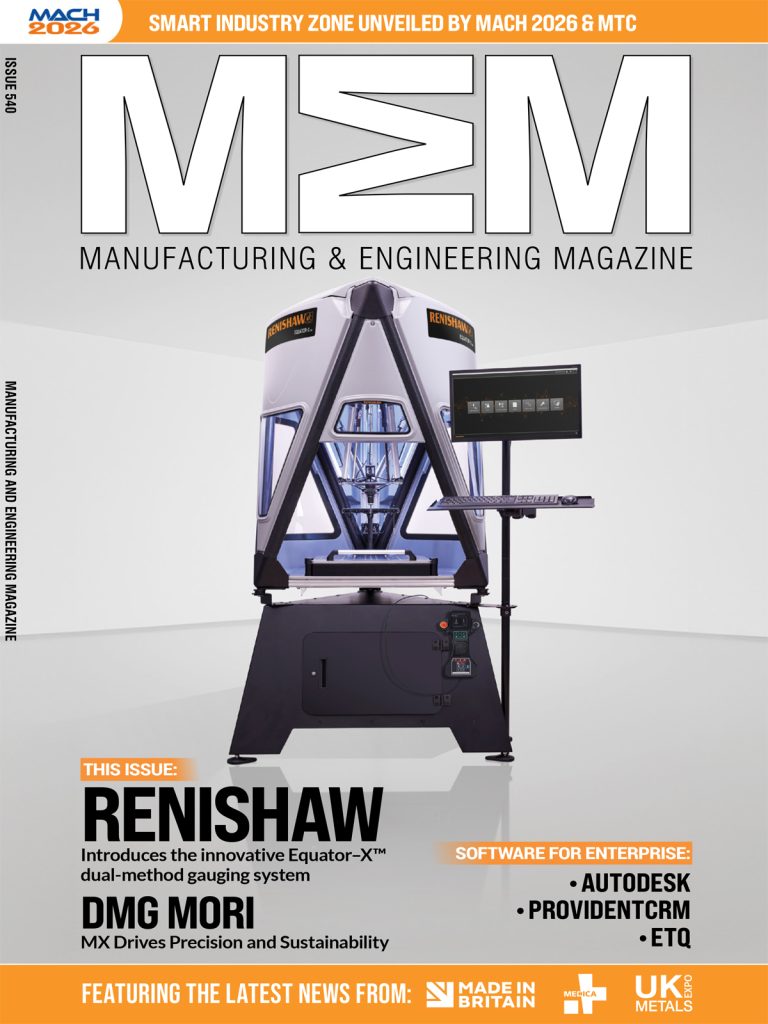Essential to international trade, the global logistics industry was valued at 9.41 trillion U.S. dollars in 2023 and is projected to exceed 14.08 trillion by 2028. In this sector, delays are not an option; facility managers must maintain seamless operations to keep the global supply chain running smoothly. Here Paul Garthwaite, commercial director at geotechnical contractor Geobear, discusses the financial impacts of subsidence in logistics centres, the potential cost of disruption, and strategies for effective management while maintaining operational targets.
Subsidence presents a significant risk to logistics centres, causing uneven floors and cracks in concrete slabs. These issues disrupt operations, damage equipment or inventory, and compromise workplace safety. Failing to identify early warning signs of subsidence and settling for invasive remediation solutions can result in costly downtime and disrupt these critical facilities’ efficiency and profitability.
The threat of subsidence in logistic centres
Subsidence occurs when the ground beneath a built asset sinks, shifts, or forms voids which causes the asset’s foundation to settle. In logistics centres, this often results in uneven floor slabs, which can disrupt automated systems, threaten safety protocols, and lead to significant operational inefficiencies.
Depending on the use of slabs in logistics centres, each slab must meet specific standards. Precision is crucial in logistics environments.
Automated systems like conveyor belts and automated storage and retrieval systems depend on stable, level surfaces to function efficiently. Misalignments caused by subsidence can result in unplanned downtime, equipment failures, and additional, unbudgeted repairs.
Uneven or shifting floor slabs can cause warehouse inventory storage shelving to lean, reducing their safe use or collapsing in the worst cases. Similarly, forklifts operating on uneven floors may make those areas unusable for forklift traffic, forcing an unoptimised re-route.
Continuing to operate forklifts on uneven and cracked flooring increases the risk of accidents and further damage, endangering employees, goods, and causing additional unplanned downtime.
Financial impact: a real-world example
Subsidence can have severe financial and operational consequences. This was evident at one of Europe’s largest bottling facilities in southwest England, where differential settlement of up to 36 mm disrupted operations.
The settlement became apparent only after the 80,000 m² facility was fully loaded, exceeding tolerance limits and compromising the structural performance of its floor slabs.
Traditional underpinning, often used to stabilise foundations, was unsuitable due to the months of downtime it would require, risking substantial revenue losses.
Instead, Geobear implemented a tailored solution using small, mobile pumping units designed to fit the facility’s narrow aisles. By injecting geopolymer material, Geobear restored the floor slabs to within a 4 mm tolerance without impeding operations.
This approach allowed business operations to continue uninterrupted while meeting all health and safety criteria. As the process required only electricity to power the pumps, it posed no environmental or hazardous risks and no potential for water contamination.
Non-invasive solutions for modern facilities
While slab replacement is a traditional approach, it’s often impractical for active logistics centres that cannot afford extended shutdowns.
Slab replacement requires access for heavy equipment, the movement of any automation processes or equipment installed in the vicinity, and measures to control the noise, dust, and construction during this process. Repair time is typically measured in weeks.
In contrast, Geobear’s geopolymer technology offers a faster, non-invasive alternative. The method improves the ground in hours rather than weeks, without the need for major excavations and operational halts.
This adds value for facilities where any unplanned downtime adversely affects the daily or weekly KPIs. Improved efficiency allows facilities to address subsidence without compromising revenue, safety, or service delivery.
To protect their asset flow and secure their KPIs, facilities managers should add subsidence monitoring to their operations maintenance planning. If they notice issues of subsidence, immediate action is recommended. Understanding your options is critical.
By choosing non-invasive alternatives like Geobear’s, asset operators can ensure the long-term integrity of their logistics centres while maintaining operations and meeting performance targets.
To explore how Geobear’s geopolymer solution can resolve subsidence issues in your logistic centre, visit Geobear’s logistic centre page.
Manufacturing & Engineering Magazine | The Home of Manufacturing Industry News















